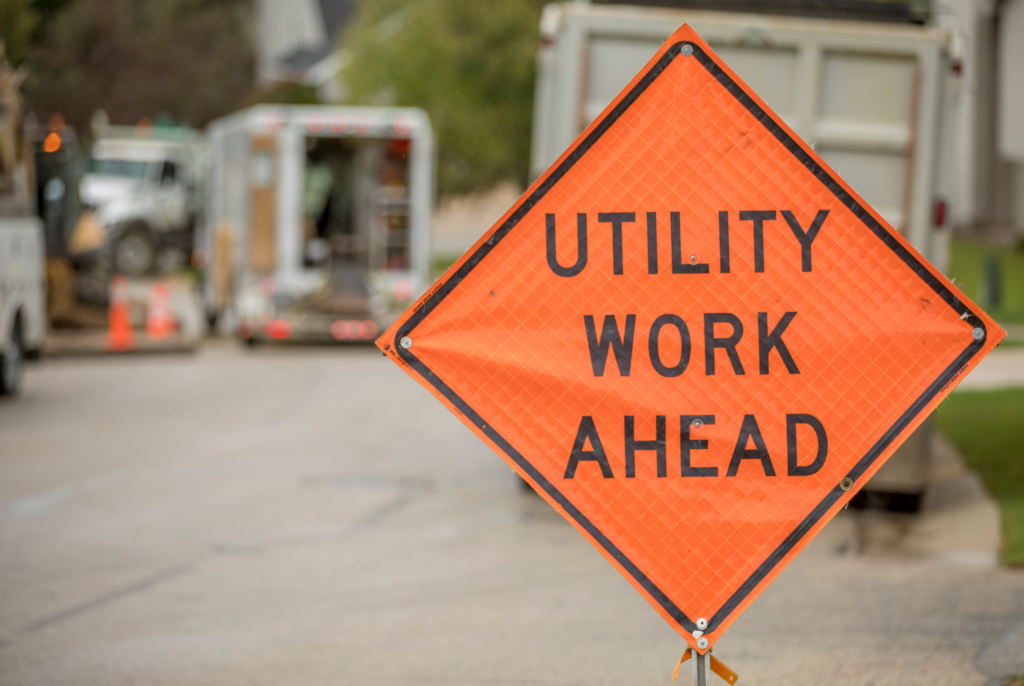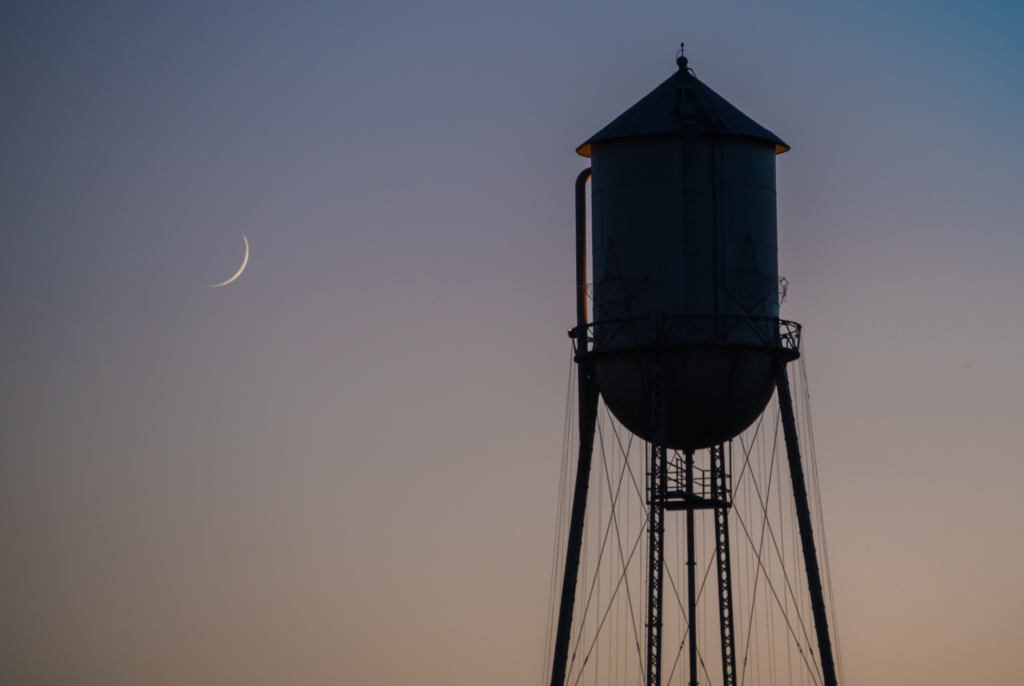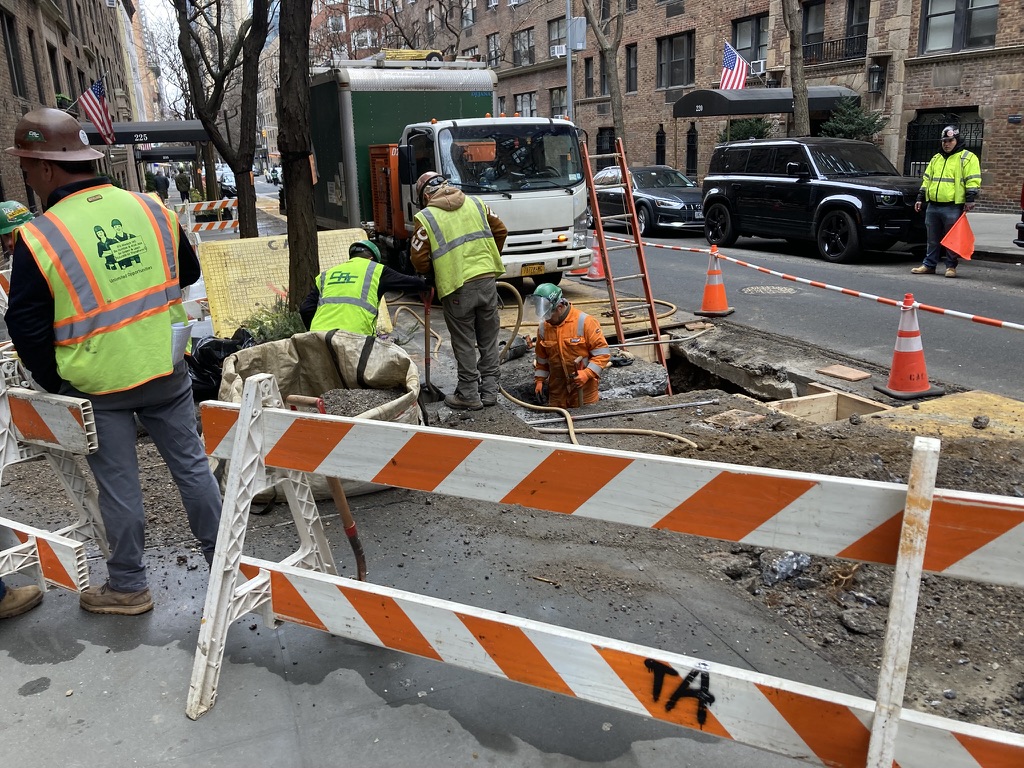Short sections of lead piping—typically 2 feet or less—have historically been used to connect the water main to the rest of the service line leading to a property, commonly installed before the 1986 ban on lead service lines (LSLs) under the Safe Drinking Water Act (SDWA). While the Lead and Copper Rule Improvements (LCRI) do not include goosenecks, pigtails, or connectors in the definition of LSL, water systems are encouraged to identify their presence and the material of the connectors. When lead connectors are encountered, they are required to be removed or disconnected.
« Back to GlossaryHome » Gooseneck, Pigtail, and Connector


